04:47
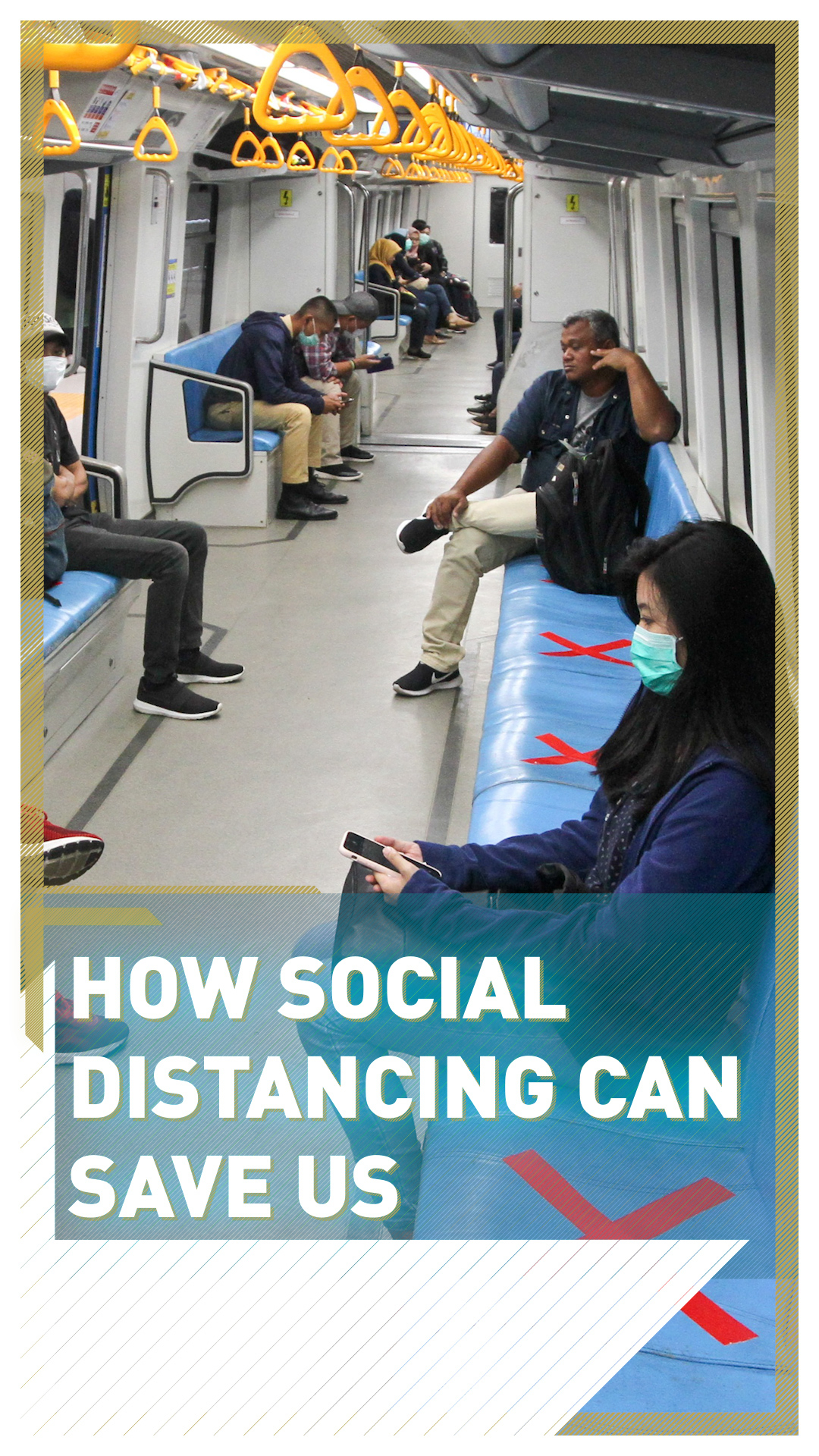
In just a couple of weeks, the focus of the COVID-19 crisis has moved from central China to central Europe. Deaths in Italy from the new coronavirus have reached 3,427 within three weeks, eclipsing the death toll accrued in China over three months.
With more than 40 percent of global confirmed cases now in Europe, the World Health Organization (WHO) regional director Hans Henri P Kluge has confirmed that the continent is now the epicenter of the pandemic.
Viruses jump from animals to humans every few years: swine flu, SARS, MERS and Ebola have been at the center of modern health crises. Massimo Galli, head of the infectious diseases unit at Milan's Sacco hospital, has been studying these phenomena throughout his career.
"In such a globalized and especially overpopulated world," says Galli, "where the human relationship to nature has grown more and more invasive, pervasive and focused on its exploitation, such an event was unfortunately quite in the air."
How did it spread so fast?
When a virus has a particularly high death rate, such as MERS (35 percent) or SARS (15 percent), a rapid and drastic containment is implemented. However, with COVID-19, four out of five sufferers had only mild symptoms and the death rate was thought to be as low as 2 percent. People compared it to seasonal flu, which kills around 1 percent. It was assumed that the virus would not spread outside Asia – and if it did, many thought it would be handled in the same way as seasonal flu.
When in mid-January the first European countries began to confirm cases, things appeared to be contained. However, within weeks, Massimo Galli began to witness an epidemic unfolding before his own eyes in his home country.
"Once the virus spread significantly out of China, the epidemic managed to settle, unnoticed, in several other countries, until the moment it revealed itself," he explains. "The virus circulated a lot and spread to Veneto and other areas in northern Italy. Basically the 'mother epidemic' gave birth to several other epidemics."
The medical profession and the WHO have been preparing the world for a crisis of this nature for many years. The WHO closely monitored the virus in Asia, where a swift and proactive approach to testing, contact tracing and enforced social distancing resulted in a halt to the spread in China, Singapore and South Korea.
What European governments hadn't anticipated was how fast it could spread without drastic containment – in other words, how interconnected Europe had become. It was also not immediately apparent that COVID-19 could be carried and transmitted without symptoms for days or possibly weeks.
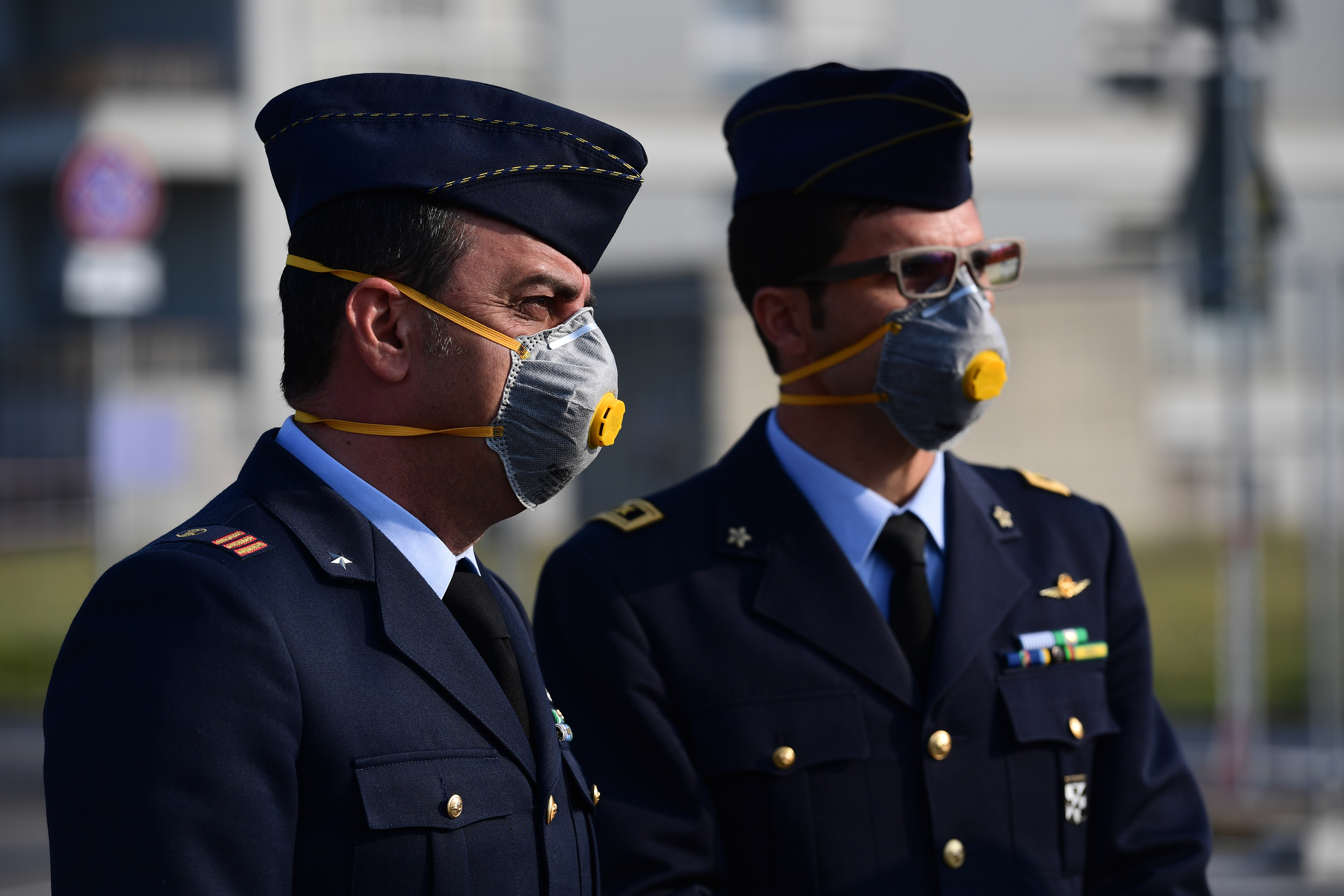
Italian soldiers attend the inauguration of a newly operative field hospital for coronavirus patients in Cremona, Milan. /Miguel Medina/AFP
Italian soldiers attend the inauguration of a newly operative field hospital for coronavirus patients in Cremona, Milan. /Miguel Medina/AFP
What's happening in Italy?
Italy quickly found itself overwhelmed by COVID-19 complications. A colleague of Galli at Milan's Sacco hospital, Maria Rita Gismondo is the director of the laboratory of clinical microbiology, virology and bioemergencies. Inevitably, she has been plunged onto the frontline of the COVID-19 crisis.
"Most of the patients in the intensive care unit are over 60," she says. "Those who die belong to wider age classes and always suffer from two or three more severe pathologies. The deceased are largely over 80, generally over 83-84. Young people are treated as well in the intensive care unit, but almost all of them recover."
Keeping the death rate down to 2 percent is only achievable, says Gismondo, if everyone can get the intensive treatment they need – quickly. "We don't wait any more for the disease to become too severe: we'd rather receive patients in the intensive care units at the first stage of the disease, because we've noticed that the earlier we intervene, the higher are the chances of a recovery."
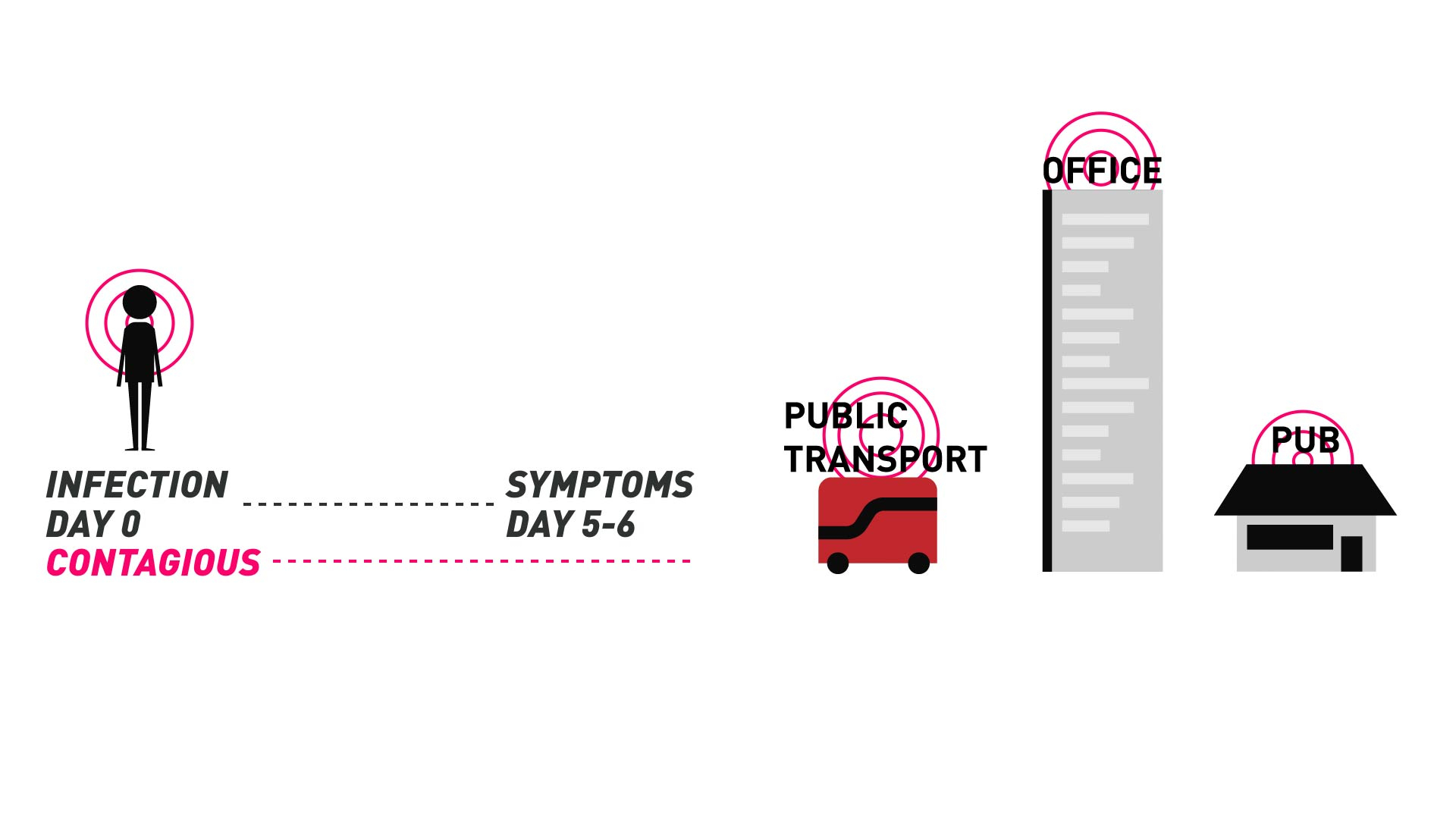
The infected may not show symptoms for five or six days; if they continue to be in public areas, they can infect many people. /James Sandifer/CGTN
The infected may not show symptoms for five or six days; if they continue to be in public areas, they can infect many people. /James Sandifer/CGTN
However, the speed and extent of the crisis can mean that not all patients receive the care they need and the death rate is climbing. "Hospitals in the highly infected areas are always close to breaking point," says Galli. "We're doing our best, we're increasing beds and working places, we're exploiting doctors and nurses far beyond the tolerance threshold."
Three weeks into the crisis, the cases are continuing to rise. "If we don't limit in a rational and efficient way the spread of the virus," warns Galli, "the hospitals will clearly be totally overwhelmed by a growing wave of infected people, and will collapse."
Politicians and journalists are often quick to reach for comparisons with war, but with makeshift tent hospitals and the army helping out, Galli thinks the similarities are obvious: "We're clearly in a war-like situation. We're fighting a battle against an unprecedented epidemic, which has hit us, and the hospitals, as never before."
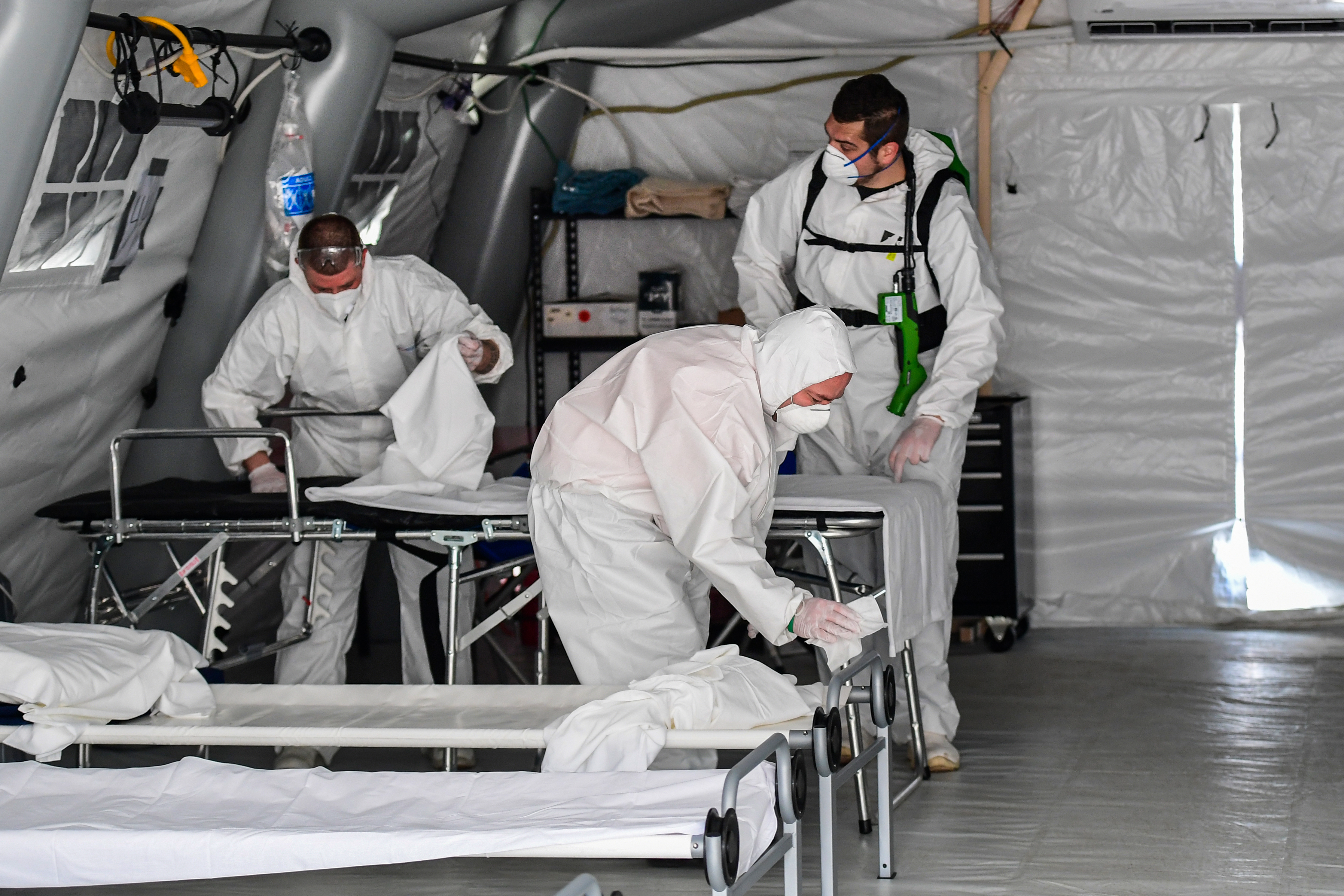
In Cremona, southeast of Milan, cleaning personnel in protective gear disinfect patients' beds in one of the tents from a newly operative field hospital for coronavirus patients. /Miguel Medina/AFP
In Cremona, southeast of Milan, cleaning personnel in protective gear disinfect patients' beds in one of the tents from a newly operative field hospital for coronavirus patients. /Miguel Medina/AFP
What if the healthcare system is overwhelmed?
Understandably, authorities have made clear that the groups most at risk are the elderly and those with existing system-weakening conditions. This has had an unforeseen negative impact in that many people outside those risk groups, believing it will not impact them, have been less scrupulous about preventative measures, helping to spread the disease.
Moreover, it is dangerously short-sighted to assume that any healthcare system can continue to operate effectively when under the enormous strains caused by an outbreak of this size. As hospitals approach and pass capacity, anyone involved in an accident or struck down with any other illness will suddenly be at a much higher risk of death than the developed world has become accustomed to.
Some people, including the UK government's chief scientific adviser Sir Patrick Vallance, have stated that the virus should be allowed to run its course through the majority of the population, giving the population "herd immunity" – but Galli disagrees. "First of all, we don't even know if this virus brings permanent immunity. And therefore, it is still to be proved that these 60 percent of people would develop immunity."
Galli notes that this high-risk concept might not even work – "We don't know yet if the virus is evolving and if, once we have the vaccine, it will have to be adapted to that evolution" – and given the mortality rates in Italy, it would carry a high death toll. "Sixty percent of infected UK citizens would mean, being optimistic, 3 percent or more likely 5 percent mortality. And just 3 percent would equal around one million dead."
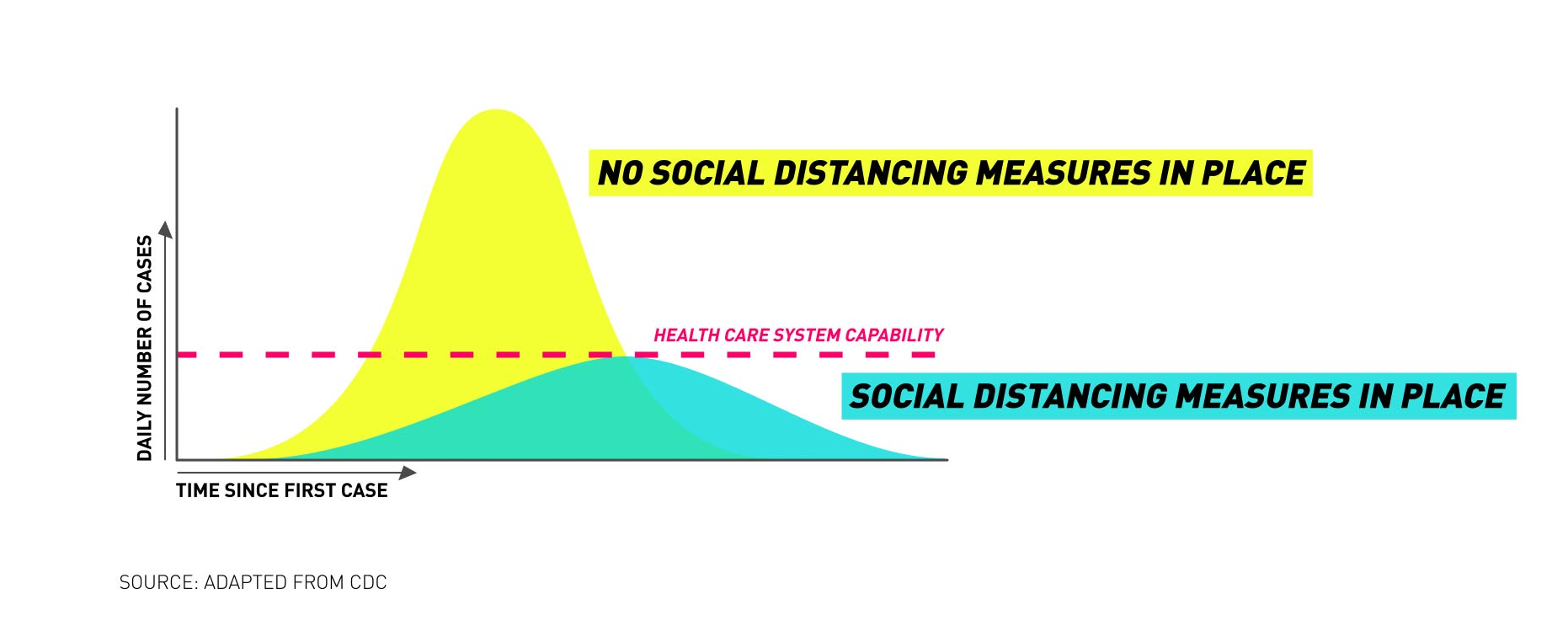
Only social distancing measures can help to delay the spread, meaning health care systems do not become overwhelmed. /James Sandifer/CGTN
Only social distancing measures can help to delay the spread, meaning health care systems do not become overwhelmed. /James Sandifer/CGTN
What measures should be taken?
Authorities have reported an excellent response to earlier public advice, like regular hand-washing for at least 20 seconds each time. It is now hoped that the public will be as receptive to new suggestions based around "social distancing."
The first of these suggestions is the one-meter rule: wherever possible, people should try to keep at least one meter between them and everyone else, to prevent the spread of the virus. To facilitate this, people are being urged wherever possible to avoid public transport and to work from home.
Being away from the boss is one thing, but we are also being urged not to mix in social gatherings, where communicability is high. Cinemas, shopping centres, restaurants and pubs are closing, either by decree or by falling visitor numbers; while this is causing some economic hardship (and social isolation), the alternative may be a spiralling death toll.
Finally, anyone who is displaying symptoms of COVID-19 – typically, a continuous cough or high temperature – is urged to self-isolate for seven days if they live alone. If they live with other people, everyone there is asked to self-isolate for 14 days.
But it is worth remembering that for perhaps five or six days after contracting the virus, many victims are asymptomatic – they do not show any signs of illness. If they do not practise social distancing, they may go round for almost a week infecting other people, spreading the disease.
Some of these measures were promoted in Italy right from 30 January, when the virus was first recognized on two tourists. As cases began to increase and the death toll mounted, on 21 February the Lombardy province of Lodi was declared a "red zone" and placed under quarantine, but the outbreak quickly spread around Lombardy and fellow northern regions of Emilia-Romagna, Marche, Piedmont and Veneto, isolating major cities including Milan and Venice.
With dark irony, quarantine had come home. The word comes from the Italian quaranta giorni, literally "40 days" – that being the waiting time that Venetian authorities had, since the 1377 height of the Black Death, imposed upon ships from plague-stricken countries before allowing them into port.
However, keeping suspect sailors off-shore was a lot easier than containing contamination on an interconnected continent. By 10 March, Italian prime minister Giuseppe Conte was forced to put the entire country into lockdown – 39 days after Italy's first two confirmed cases.
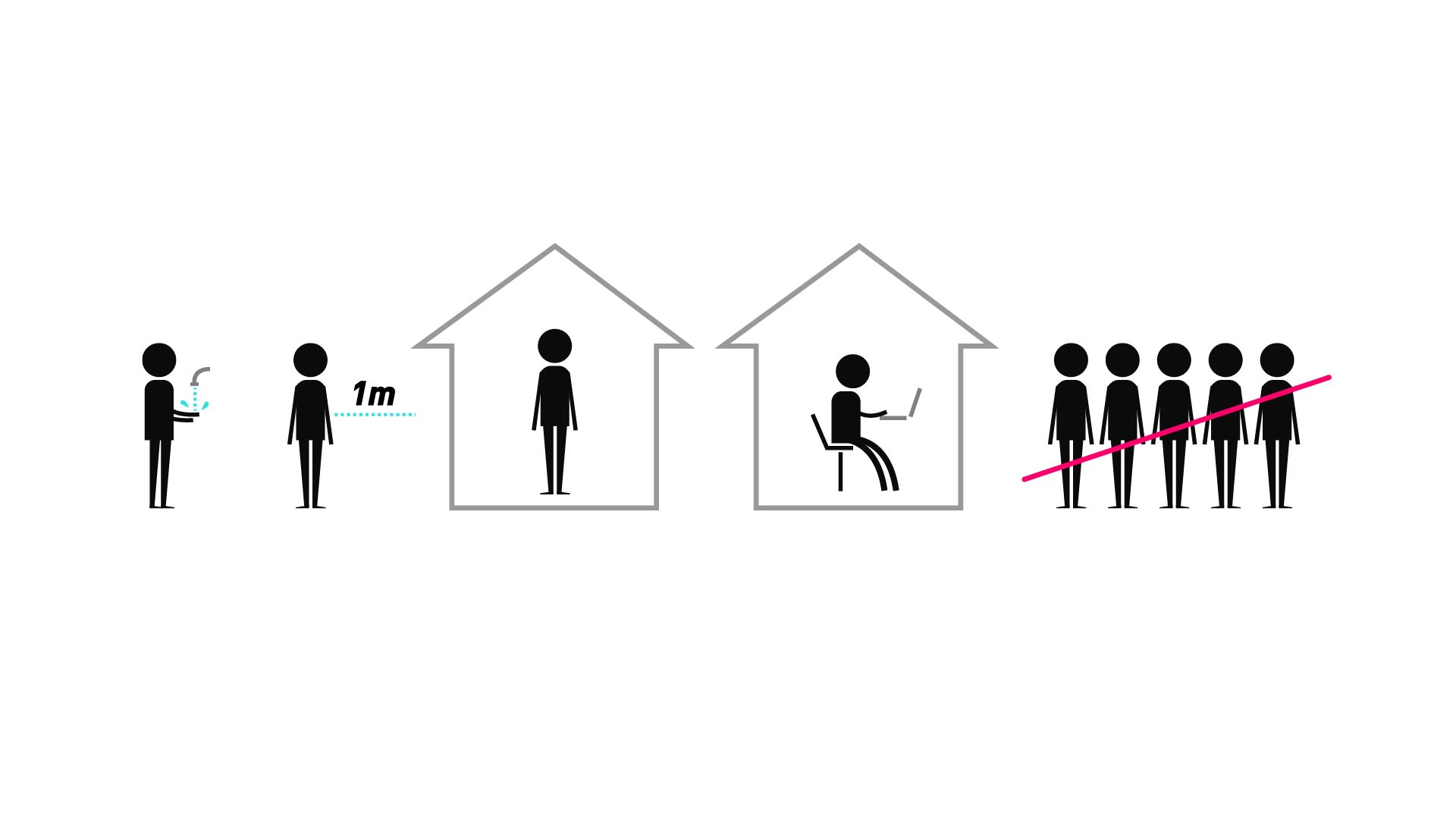
Hand washing, one-meter distances, homeworking, self-isolation and avoiding public groups can all stop the spread. /James Sandifer/CGTN
Hand washing, one-meter distances, homeworking, self-isolation and avoiding public groups can all stop the spread. /James Sandifer/CGTN
How has the rest of Europe responded?
Anything but uniformly. Some countries have closed their borders, while there have been lockdowns in Spain and France - not uncoincidentally, the countries with Europe's second and third highest numbers of confirmed cases.
However, in other countries, the wider population was not initially told to self-isolate. In the UK, for example, only vulnerable groups were advised to stay at home, as the government followed the "herd immunity" advice until a sudden change of heart on Monday 16 March.
With his own country a couple of weeks further along the lethal COVID-19 curve, Galli is worried by the lack of pre-emptive action in some communities. "Social distancing – the so-called 'Everybody at home' – is an absolutely crucial choice and is a fundamental tool for public health," he insists. "If respected, this order can and will significantly limit a further spread of the virus – especially in the big cities."
He believes all Europeans should take the restrictions seriously before it's too late. "We'll have to follow it step by step to spot the highly infected areas, and further limit any movement to and from those areas... this is crucial, because otherwise the virus will spread even further."
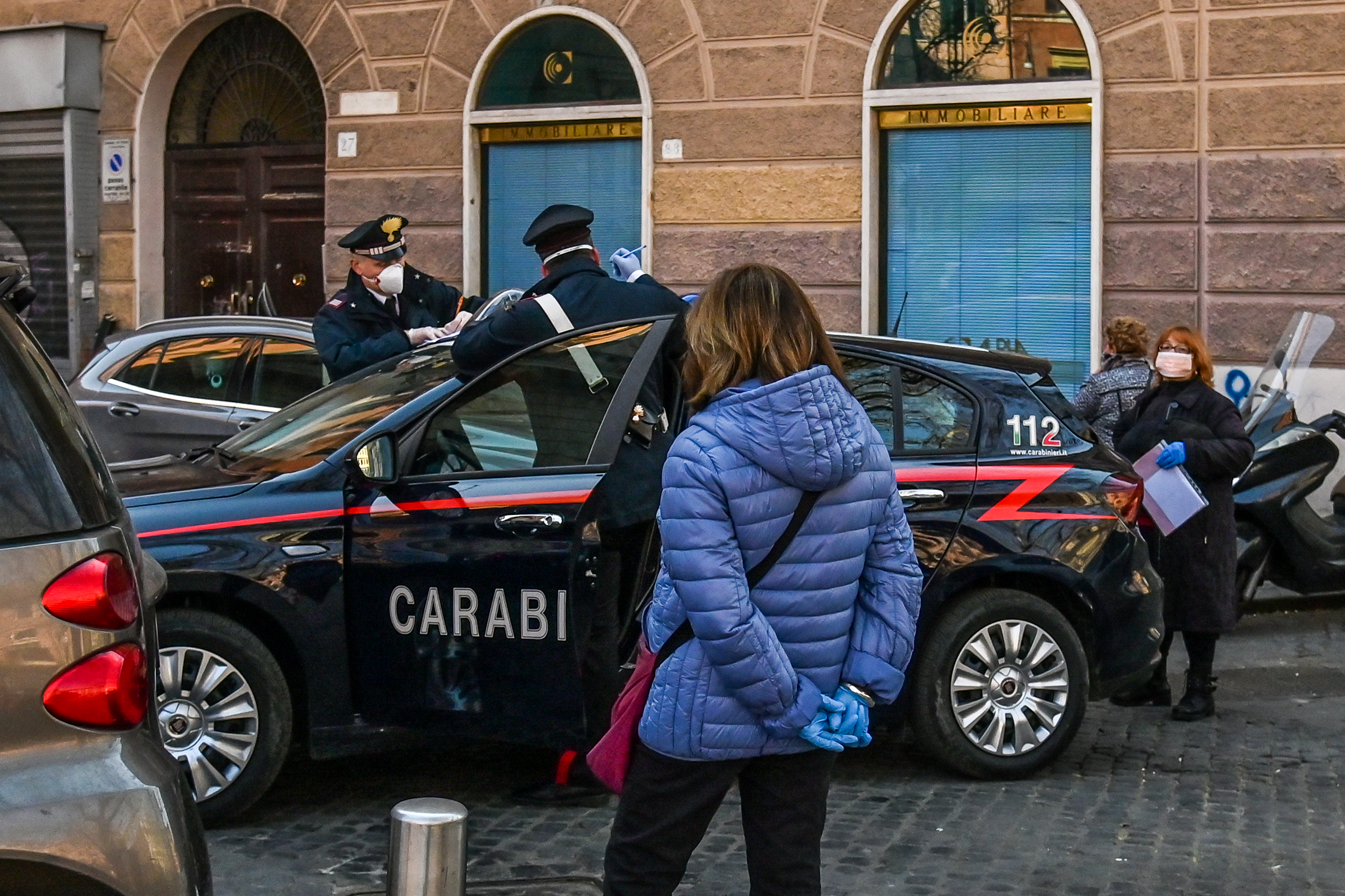
Italian police check self-certification documents in Rome. /Andreas Solaro/AFP
Italian police check self-certification documents in Rome. /Andreas Solaro/AFP
What lessons does Italy have for Europe?
For much of Europe, Italy could be a premonition of the very near future. Analysts think the country, although currently the hardest-hit for COVID-19 cases and deaths, is only days or weeks in front of other European countries. It might make sense for those nations to learn from the Italian experience – and from those on the frontline.
"I especially hope it will teach people not to hesitate to take drastic measures on social distancing and to limit the spread of the virus," pleads Galli. "And if we manage to adopt some more measures, which might now be needed, I hope this experience will even teach more."
As Gismondo puts it, "We just have to respect the rules. First of all, stay at home to prevent the virus spreading any further, because more contagions means more ill people, especially among old and chronic patients. This is a personal and a social must."